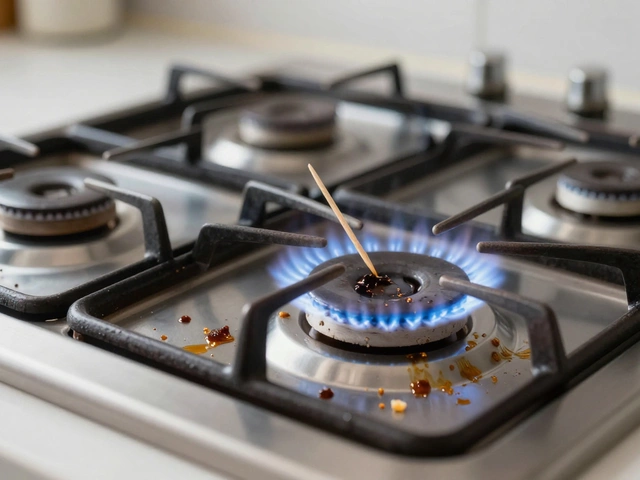Ceiling Fan Maintenance Made Easy
If your ceiling fan is noisy, wobbling, or just not moving air like it used to, you probably need a bit of upkeep. Most people think fan maintenance is hard, but it’s actually a quick weekend job. In this guide we’ll walk through the exact steps to clean, lubricate and troubleshoot common problems so your fan stays quiet and efficient.
Cleaning and Lubricating Your Fan
The first thing you should do is turn the fan off at the wall and let the blades stop. Then, put a drop cloth or old newspaper on the floor – you’ll probably drop dust.
Grab a soft brush or a microfiber cloth and wipe each blade from top to bottom. For sticky grime, dip the cloth in a mix of warm water and a few drops of dish soap. Avoid spraying liquid directly on the blades; it can drip into the motor.
After the blades are clean, check the mounting bracket. Tighten any loose screws with a screwdriver – a loose bracket is a common cause of wobbling. Next, open the fan’s housing (usually a small screw on the motor housing) and locate the oil ports. Most modern fans are sealed and don’t need oil, but older models have a small nub where a few drops of lightweight machine oil go. Add just a drop or two; too much can attract dust.
Finally, flip the fan back on and listen. If it still hums, you might have dust built up inside the motor. A gentle blast of compressed air (or a low‑speed vacuum nozzle) can clear that out without disassembling the motor.
Common Problems and Quick Fixes
Fan won’t start. First, make sure the switch is on and the wall outlet works. If the fan has a remote, replace the batteries. If it still won’t spin, the capacitor could be dead – swapping it costs under £20 and is a simple swap if you can find the model number on the motor.
Wobbling blades. This is usually a mounting issue. Re‑tighten the screws on the fan’s mounting bracket and on each blade. If the wobble persists, the blade brackets might be bent – gently straighten them with pliers.
Loud humming. A humming fan often means the motor is working but the blades are stuck. After cleaning, manually spin each blade; it should turn freely. If it feels gritty, add a little more oil or replace the motor bearings.
Speed settings not working. Many fans use a pull‑chain or wall control that adjusts voltage. If the fan only runs on high, the pull‑chain could be broken or the control switch worn out. Replacing the pull‑chain kit is cheap and you can do it yourself with a screwdriver.
When you’ve tackled these quick fixes, give your fan a test run. A well‑maintained ceiling fan should be quiet, steady, and move air efficiently. If problems linger, it might be time to call a professional – especially for electrical issues beyond the motor.
Regular maintenance doesn’t have to be a chore. Spend a few minutes every six months cleaning the blades and checking the screws, and your fan will give you years of reliable service. Keep this guide handy, and you’ll know exactly what to do the next time your ceiling fan needs a little love.
Who's Best for Extractor Fan Repairs? Tips and Insights
- Alden Wilder
- Nov 28 2024
- 0 Comments
Extractor fans are essential for maintaining air quality, effectively removing moisture and odors. When they malfunction, swift repair is crucial to avoid further issues. This guide explores who you should call for extractor fan repairs, including identifying minor issues, exploring costs, and knowing when to seek professional help. Additionally, we cover preventative measures to extend the life of your fan.
View More




